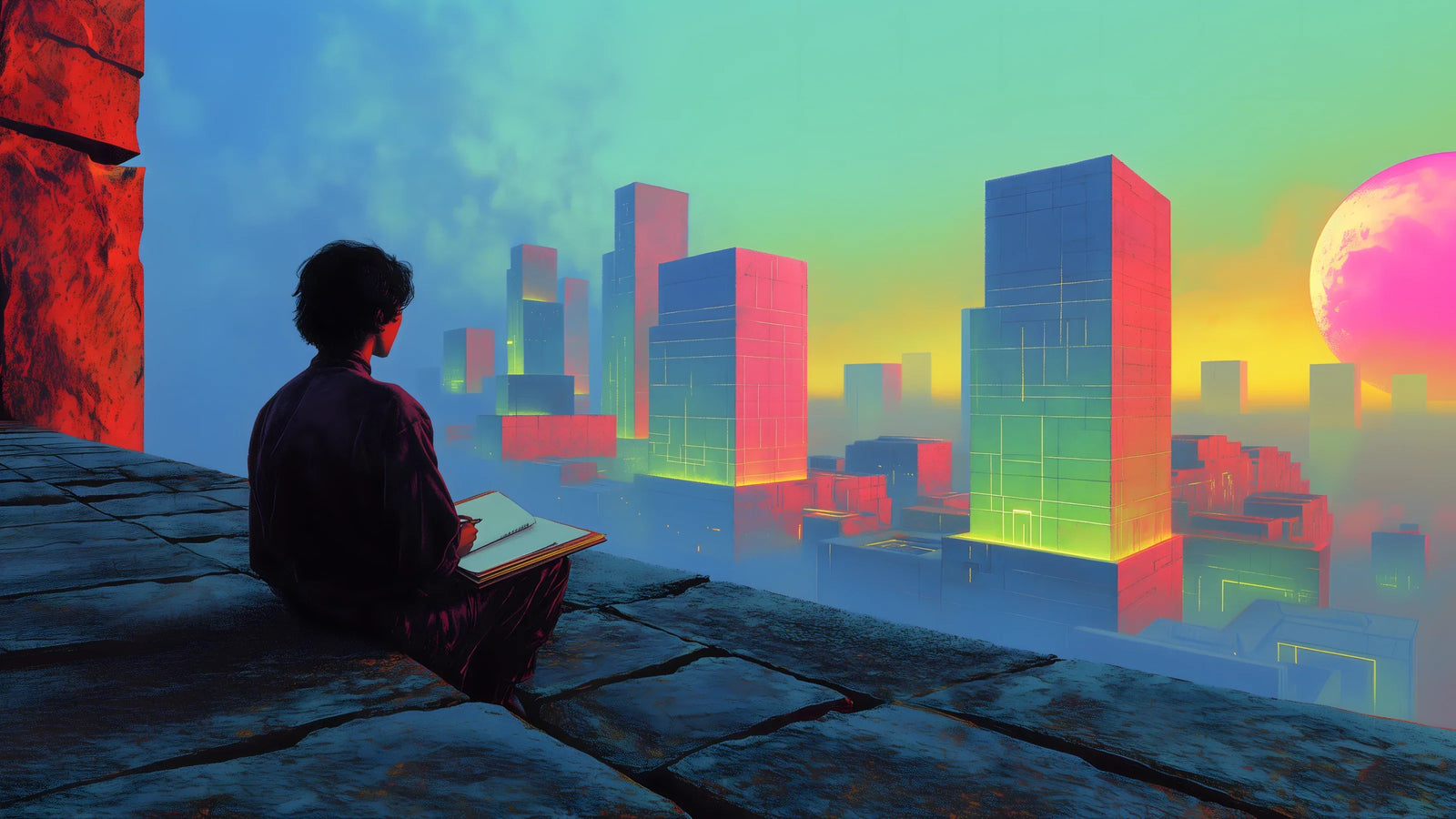

I ran a creative agency for 14 years.
Clients came to us for the polish. The process. The confidence that we could scale with them.
But if I were starting today, I wouldn’t build a creative agency the same way.
Not because the work isn’t valuable. Because the way value gets delivered has changed.
Getting from zero to one is faster than ever. A single person, armed with the right AI tools, can design, ship, and test ideas in days—not months.
In that world, long discovery phases, polished decks, and endless wireframes don't just feel slow. They feel reckless. Especially for creative agencies still clinging to the old playbook.
A scrappier team can build a prototype in 48 hours, start gathering real usage data, and outlearn you before your kickoff call is over. You’re not just behind. You’re obsolete.
Today, speed isn’t a bonus. It’s the cost of entry.
The advantage belongs to businesses that are smaller, sharper, and built to learn faster than they sell.
Creative agencies weren’t built for this pace. But they could be—if they stopped optimizing for headcount and started optimizing for leverage.
Less human overhead. More systems thinking. Leverage comes from stacking tools and feedback loops, not bodies.
If I were building today, I wouldn’t start with a team. I’d start with a system that adapts, learns, and ships while everyone else is still scheduling meetings.
That’s where the leverage is. And that’s where the future of creative agencies is heading—if they’re willing to evolve.
If you like these articles, you'd love my newsletter, Digital Native.
Get real-world lessons from a decade's worth of digital business know-how, delivered to your inbox every Saturday at 8 AM ET.
Join hundreds of creative founders




























